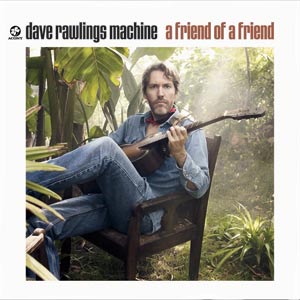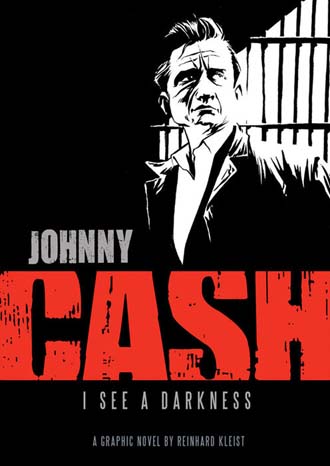
Dave Rawlings Machine
A Friend of a Friend
Acony Records
“Dave’s gone and done it,” was roughly what Gillian Welch announced a couple of months ago to 50,000 bluegrass fans in Golden Gate Park. “He’s put out an album.” Well, now he has. This week, Rawlings—that ephemeral, soft-toned siren who appears on all four of Welch’s albums and accompanies her on stage—finally comes out with his debut CD, a jaunt through old-time, folk, country, and bluegrass. Raised in Rhode Island, Rawlings picked up the guitar when he was 15. Somewhere along the way, string-band country music became his muse, and in the early ’90s, Rawlings and Welch moved to Tennesee, where they’ve carried on the Nashville tradition.
A Friend of a Friend features Welch (she’s also cowriter on some of the songs), members of bluegrass favorites Old Crow Medicine Show, Benmont Tench from the Heartbreakers, and Nate Walcott of Bright Eyes, but the Dave Rawlings Machine is front and center. Rawlings’ confident picking seems to emanate from a deep understanding of Americana roots. But like any great storyteller, he filters all that knowledge into something even an uninformed listener can get.
The album combines crooners like the twangy “How’s About You,” raucous toe-tappers like “Sweet Tooth,” and softer melodies in “Ruby,”the opening track. One of my favorite listening moments was when I realized Rawlings had just morphed Bright Eyes’ “Method Acting” into Neil Young’s “Cortez the Killer.” And his drawl on the closing track, “Bells of Harlem,” evokes a slow-going Bob Dylan, except with strings and the voice of Gillian Welch to ease his soulful, sleepy descent into quiet.
All in all, the record’s not a far cry from Welch’s own music, which isn’t a bad thing—but it would have been nice to be surprised. Rawlings’ evocative guitar playing hits the mark on every track, breathing new life into old-time riffs, but it left me wanting more of the Machine and less of everyone else. I’m waiting to see what’s next.












